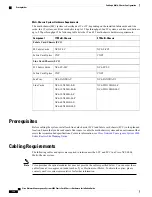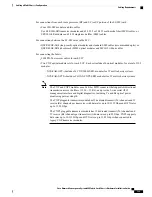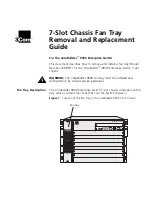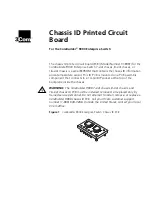
A P P E N D I X
C
Cabling a Multi-Chassis Configuration
This appendix provides an overview of the Cisco NCS 6000 Multi-Chassis system and describes how to
physically cable the fabric planes between each LCC and FCC in the system.
The Cisco NCS 6000 Multi-Chassis system currently supports these multi-chassis configurations:
•
2+1
—
Two LCCs + one FCC (with six or twelve FCs)
•
2+2
—
Two LCCs + two FCC (with six or twelve FCs in each FCC)
•
4+2
—
Four LCCs + two FCCs (with six or twelve FCs in each FCC)
•
About the Cisco NCS 6000 Multi-Chassis System, page 137
•
•
Cabling Requirements, page 138
•
Required Tools and Equipment, page 142
•
•
Cabling the Ethernet Control Plane Network , page 145
•
About the Cisco NCS 6000 Multi-Chassis System
This section provides an overview of the Cisco NCS 6000 Multi-Chassis system and describes what is required
to interconnect the system components. The Cisco NCS 6000 Multi-Chassis system is also referred to as the
“
multi-chassis system
”
throughout this chapter.
The Cisco NCS 6000 Multi-Chassis system is a highly scalable routing platform designed for service providers
to build next generation multi-service networks that provide video, data and voice services. The multi-chassis
system consists of two major components: The line card chassis (LCC) and fabric card chassis (FCC). The
LCC has 16 slots: eight line card (LC) slots, six fabric card slots, and two RP slots. The FCC has 14 slots: 12
fabric card slots and two slots for the SC or SC-SW shelf controller cards.
The interconnectivity of FCCs and the LCCs allows the system capacity of the NCS 6000 to scale from 8
Tbps to 128 Tbps of data. The multi-chassis system can support up to 16 LCCs interconnected to 4 FCCs.
Cisco Network Convergence System 6000 Fabric Card Chassis Hardware Installation Guide
137
















































